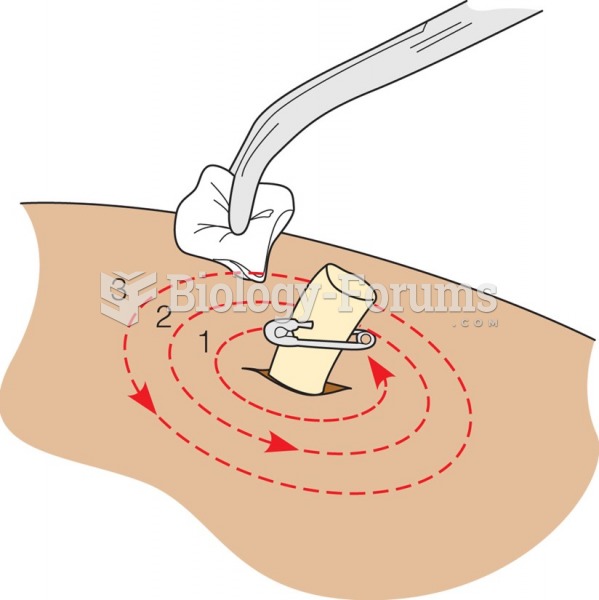Answer to Question 1
Quotas restrict the physical volume or value of products that firms can import into a country. In a classic type of quota, the U.S. government imposed an upper limit of roughly 2 million pounds on the total amount of sugar that can be imported into the United States each year. Sugar imports that exceed this level face a tariff of several cents per pound. The upside is that U.S. sugar producers are protected from cheaper imports, giving them a competitive edge over foreign sugar producers. The downside is that U.S. consumers and producers of certain types of products, such as Hershey's and Coca-Cola, pay more for sugar. It also means companies that manufacture products containing sugar may save money by moving production to countries that do not impose quotas or tariffs on sugar.
Governments can impose voluntary quotas, under which firms agree to limit exports of certain products. These are also known as voluntary export restraints, or VERs. For example, import quotas in the European Union led to an impasse in which millions of Chinese-made garments piled up at ports and borders in Europe. The EU impounded the clothing because China had exceeded the voluntary import quotas it had negotiated with the EU. The action created hardship for European retailers, who had ordered their clothing stocks several months in advance.
Firms can use foreign trade zones as a strategy to manage government intervention. In an effort to create jobs and stimulate local economic development, governments establish foreign trade zones (also known as free trade zones or free ports). A foreign trade zone (FTZ) is an area within a country that receives imported goods for assembly or other processing and subsequent re-export. Products brought into an FTZ are not subject to duties, taxes, or quotas until they, or the products made from them, enter into the non-FTZ commercial territory of the country where the FTZ is located. Firms use FTZs to assemble foreign dutiable materials and components into finished products, which are then re-exported. Alternatively, firms may use FTZs to manage inventory of parts, components, or finished products that the firm will eventually need at some other location. In the United States, for example, Japanese carmakers store vehicles at the port of Jacksonville, Florida, without having to pay duties until the cars are shipped to U.S. dealerships.
Answer to Question 2
TRUE







